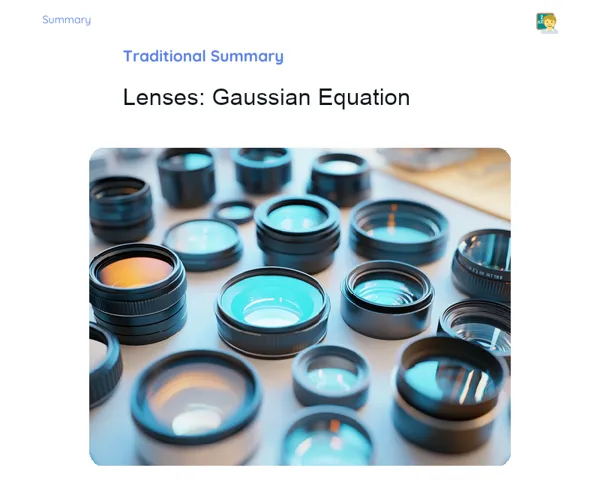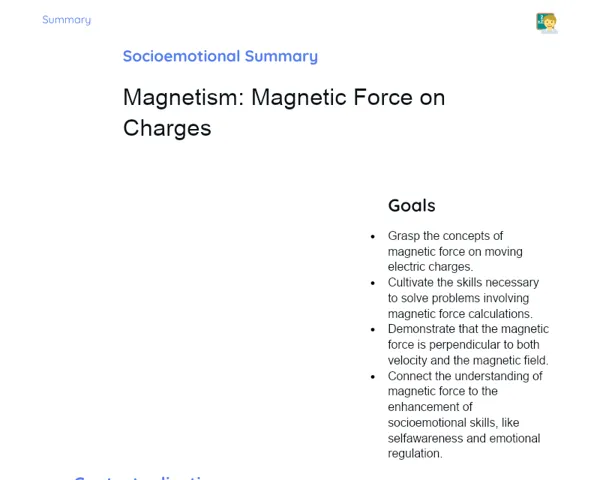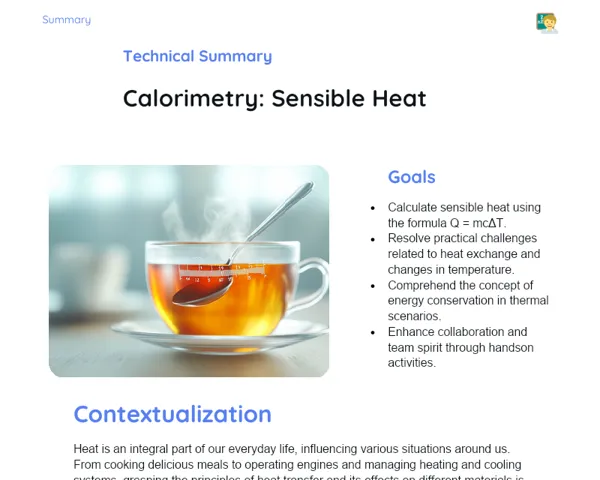Objectives
1. Understand the concept of buoyancy and its application as per Archimedes' principle.
2. Develop skills to calculate the buoyancy of an object submerged in a fluid, taking into account real-life scenarios such as how ships float and how submerged objects behave.
3. Explore and discuss practical uses of buoyancy in fields like naval engineering and environmental concerns related to water.
Contextualization
Did you know that Archimedes' principle, which explains buoyancy, was discovered when Archimedes, a Greek mathematician, noticed that the water in his bathtub rose when he entered? This simple observation helped him realize that the amount of water displaced by his body equaled his body's volume, leading to the core idea of buoyancy. This principle is fundamental in physics and has significant real-world applications, such as in designing ships and submarines, where having a good grasp of buoyancy is essential for making sure these large structures can float and operate effectively.
Important Topics
Archimedes' Principle
Archimedes' principle is a physical law that explains how fluids behave around submerged objects. According to this principle, an object that is partially or fully immersed in a fluid experiences a buoyant force equal to the weight of the fluid it displaces. This buoyant force acts in the opposite direction to gravity, allowing objects that are less dense than the fluid to float.
-
Buoyancy increases with the volume of fluid displaced by the submerged object.
-
An object with a lower density than the fluid will float.
-
Applying Archimedes' principle is crucial in naval engineering to design ships that float effectively.
Density of Materials
The density of a material refers to its mass per unit volume. In terms of buoyancy, density is key to determining whether an object will float or sink in a fluid. Objects having a lower density than the fluid (like water) will float, while those with a higher density will sink.
-
Materials that are less dense than water, such as wood, will float, whereas denser materials like iron will sink.
-
Density is a significant physical property for practical applications in navigation and maritime transport.
-
Calculating density is necessary to predict how submerged objects will behave and to design floating structures.
Buoyancy and Floatation
Buoyancy is the upward force exerted by a fluid, such as water, supporting submerged or partially submerged objects. Floatation refers to an object's ability to remain at the water's surface without sinking, owing to the balance between the object's weight and the upward buoyant force acting on it.
-
Buoyancy is responsible for the floatation of ships, submarines, and hot air balloons.
-
Understanding floatation is vital for designing objects intended to work efficiently in fluids.
-
Adjustments in an object's floatation can be made by changing its shape or mass distribution.
Key Terms
-
Buoyancy: The upward force from a fluid that keeps objects afloat.
-
Density: The mass per unit volume of a material.
-
Floatation: The ability of an object to stay afloat in a fluid due to the balance of weight and buoyant force.
For Reflection
-
How can a greater understanding of buoyancy enhance the efficiency of ships and submarines?
-
Why do wooden items that are less dense than water float, while some steel boats, which are denser, do not sink?
-
How does Archimedes' principle shape our understanding of nature and the technology around us?
Important Conclusions
-
Today, we delved into the captivating realm of Hydrostatics, especially focusing on Archimedes' principle and the concept of buoyancy, which explains how objects behave in fluids.
-
We realized that buoyancy is a crucial force that not only clarifies the behavior of submerged objects but is also essential in the design of ships and submarines, ensuring their floatation and safety.
-
We examined the significance of material density and its impact on whether an object sinks or floats, applying these concepts in hands-on activities that reinforced what we learned theoretically.
To Exercise Knowledge
- Floating Lemon Experiment: Take a lemon and an empty soda can. Fill a container to the brim with water and place the lemon inside. Observe if it floats or sinks. After that, squeeze the lemon to eliminate some air and try again. Record your observations and explain the results. 2. Floatation Calculation: Choose an object from your home (like a plastic toy) and calculate its buoyancy. Measure its volume and weight, then find out the density of its material. Use this information to predict if the object will float or sink in water. 3. Buoyancy Diary: For a week, keep a journal of situations where you notice buoyancy in action. This can include simple examples like a balloon inside a room or a toy boat in a pond.
Challenge
Construct a paper boat designed to carry as many coins as possible without sinking. Only use paper, glue, and coins. Document the building process, test its capacity, and explain your design choices based on buoyancy and floatation principles.
Study Tips
-
Create concept maps or visual summaries that connect Archimedes' principle, buoyancy, density, and floatation. This will help illustrate the relationships and clarify the concepts.
-
Watch videos of practical buoyancy and floatation experiments to see the theory in action and strengthen your understanding.
-
Discuss the topic with your family or friends, explaining how buoyancy works and answering any questions they have. Teaching others is one of the best ways to reinforce your learning!



